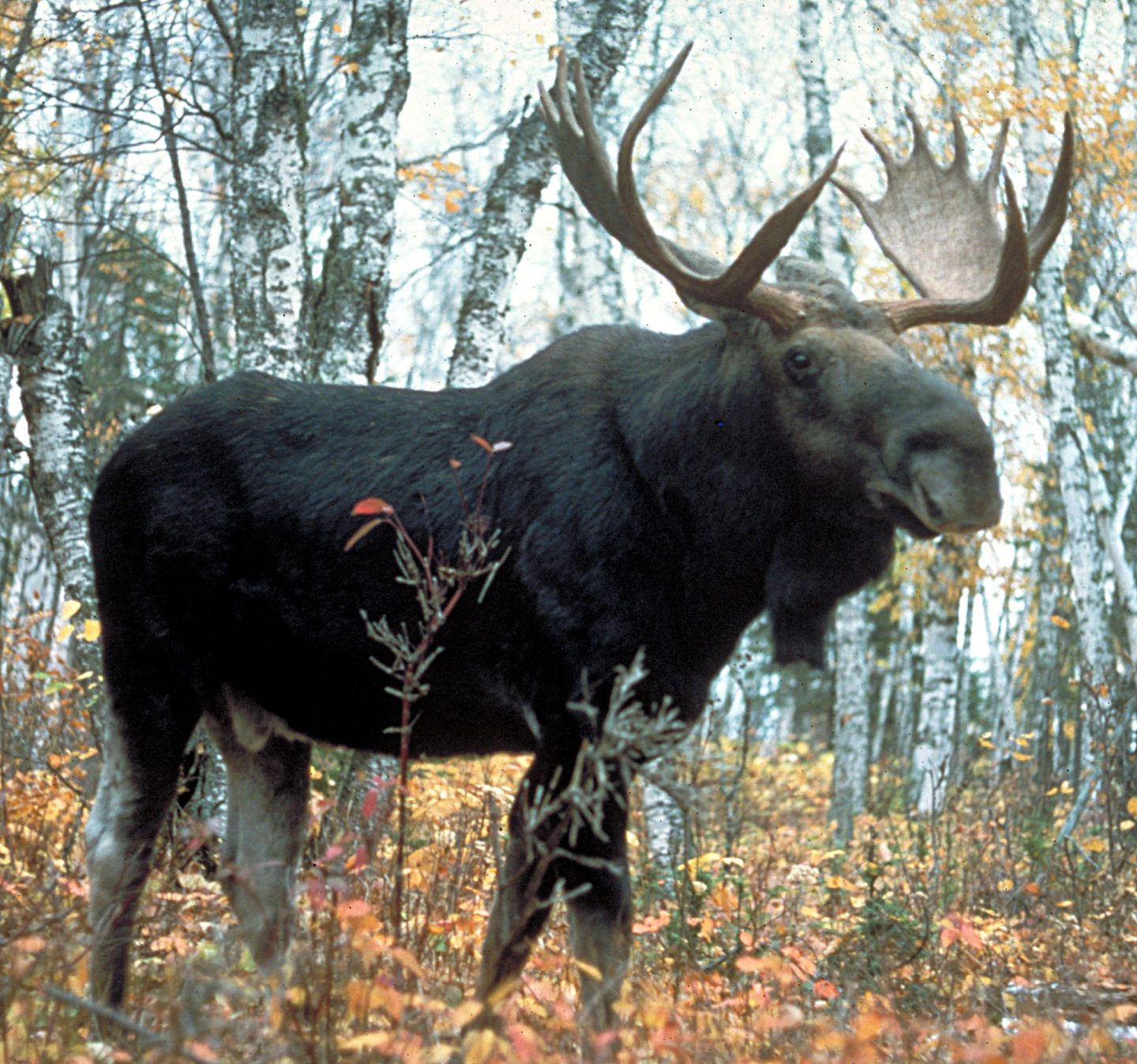Dr. Roy Rea provided a thoroughly enjoyable and engaging talk Friday afternoon to a packed house at UNBC. His talk was titled “You Cannot Love Softwoods and Hate Hardwoods … and Other Thoughts About Silvicultural Racism by a Flaming Moosologist”. Dr. Rea is clearly passionate about moose and forest management in north central British Columbia.
Dr. Rea’s talk was very similar to a talk presented to the Northern Silviculture Committee Winter Conference in 2017. However new information was presented and his entertaining, passionate style didn’t disappoint. New to the talk was the reference to the Chief Foresters 2017 guidance on retention. This is a good policy to highlight and comment on its potential to improve opportunities for moose browse retention. I also appreciated learning the term “New Forestry” had it roots in Jerry Franklin’s work. I have seen this practice referenced in Silviculture Prescriptions but wasn’t aware of its origins.
The theme of the Lorax that he used throughout the speech provided some unity, levity, and also effectively passed along the severity of the message that he intended to deliver. His use of humour and even shock value (i.e. the What Women Want movie reference) helped to hold the audience’s attention. The contrast of the clearcut with a “ghost moose” against the moose map with the winter locations of collared moose was very effective. I continued to recall this image and his message after seeing the talk the first time.
Components of Dr. Rea’s presentation will be valuable for my research as I am researching caribou winter range and habitat. Due to predator-prey dynamics, it is important that I understand what habitat features are favourable for moose as the presence of these features may be less favourable for caribou. I would also like to incorporate some of Dr. Rea’s presentation style into future presentations.
The question period for Dr. Rea proved a bit of a challenge as a number of questions were primarily statements. However, Dr. Rea handled the questions well. He demonstrated a nimbleness in switching from powerpoint to the whiteboard in order to effectively answer one question. This was regarding the difference in effect of herbicide on a broadleaf plant system to the effect of manual brushing. His drawing of the plant and root system was easily understood and resulted in a lasting visual image of the difference.
If I had a chance to ask a question, I would have asked if Dr. Rea had had the opportunity to visit cutblocks in the Smithers area. Licensees and logging contractors have been protecting subalpine fir advanced regeneration and retaining deciduous patches for the last few decades. In addition, they plant a significant proportion of subalpine fir and have not used herbicides for the past 20 years. I am interested to know his impressions of the forestry practices in the Bulkley TSA in comparison to Prince George area.


Recent Comments